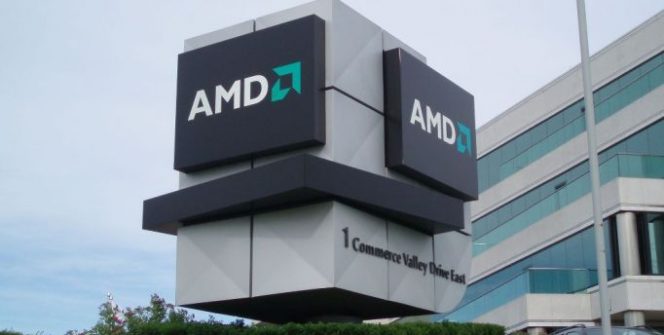TECH NEWS – AMD hasn’t used AI in its upscaling technology in a big way, but now they’re starting to move in that direction, following the lead of the other two companies…
Jack Huynh, senior vice president and general manager of AMD’s computing and graphics business, confirmed to Tomshardware at IFA 2024 that they are starting to use AI in their next-gen FSR. Last year, the “red” company said it had other plans for AI beyond scaling: David Wang, senior vice president of the Radeon Technologies Group, believed that the inference accelerators that would be built into gamers’ GPUs should be used to make games more advanced and fun.
This year, AMD CEO Mark Papermaster had a slightly different opinion: “2024 is a big year for us because we’ve spent so many years developing hardware and software capabilities for AI. We’ve just finished enabling AI across our entire portfolio, so cloud, edge, PCs, our embedded devices, our gaming devices, we’re enabling our gaming devices to upscale with AI, and 2024 is really a huge deployment year for us, so now the foundation is there, the capabilities are there.” Nvidia has been using AI in DLSS since 2018, and Intel is using it in XeSS. AMD is using AI in FSR 3.1 and AFMF, but now the next step is to expand into the software and hardware space with AI.
With FSR 4, the company will implement not only better upscaling, but also frame generation and interpolation that will extend battery life in handheld PCs and improve both visuals and performance in desktop graphics cards: “On the handheld side, my number one priority is battery life. If you look at the ASUS ROG Ally or the Lenovo Legion Go, the battery life just isn’t there. I need several hours. I need to play a Wukong for three hours, not 60 minutes. That’s where frame generation and interpolation [come in], so that’s the FSR4 that we’re adding. So now we’re doing AI-based frame generation, frame interpolation, and the idea is to increase efficiency to maximize battery life,” Huynh said.
The PlayStation 5 Pro features a new SoC (system-on-a-chip) with PSSR (PlayStation Spectral Super Resolution) upscaling technology, which is also fully AI-based. It is likely to be based on the same principles and algorithms as AMD’s FSR 4. The chip has a more powerful ray tracing engine thanks to the backported RDNA 4 technology. FSR 4 is expected to debut in RDNA 4 graphics cards next year.
The Radeon RX 8000 cards will start with mainstream cards, and this will be the first step towards the merging of RDNA and the industrial CDNA architecture, UDNA…
Source: WCCFTech, Tomshardware







![[TGA 2025] Diablo IV: Lord of Hatred: A Character Class Returns! [VIDEO]](https://thegeek.games/wp-content/uploads/2025/12/theGeek-diablo-4-expansion-2-lord-of-hatred-paladin-skovos-horadric-cube-302x180.jpg)








Leave a Reply